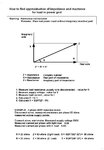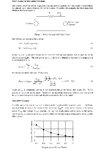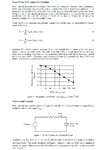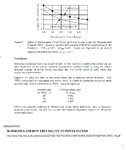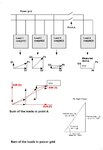phatcreators
Full Member level 5

what's the advantage of using 4 core cable over 3.5 core cable ? And then, what changes do we have to make for the neutral size & earth size cable calculation ?
thanks
thanks



